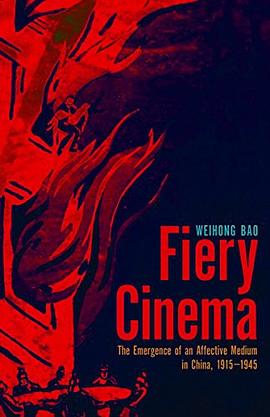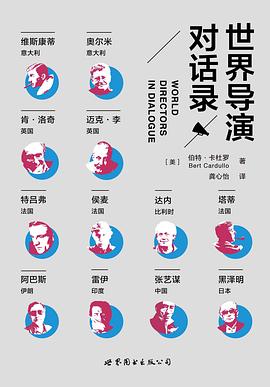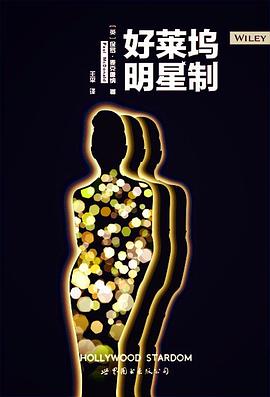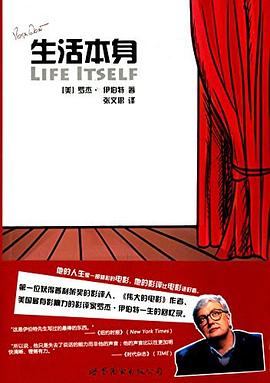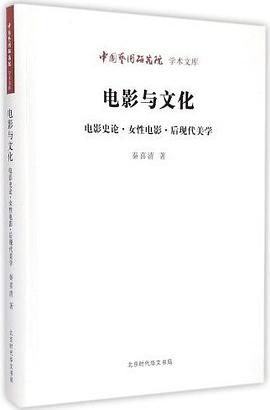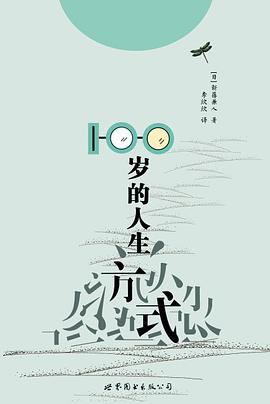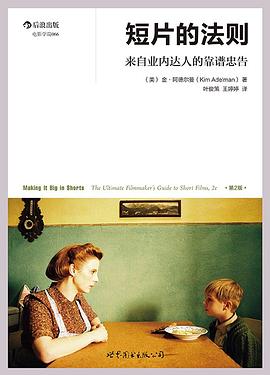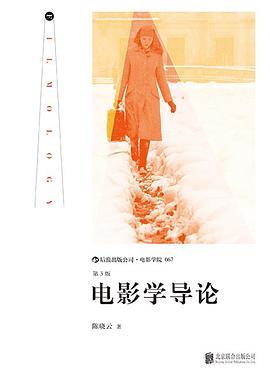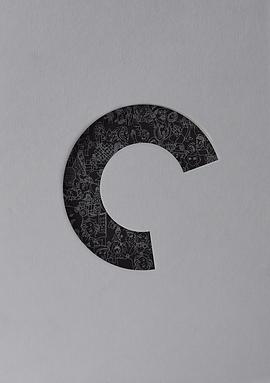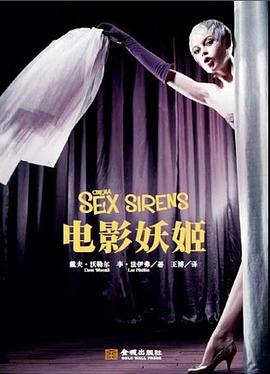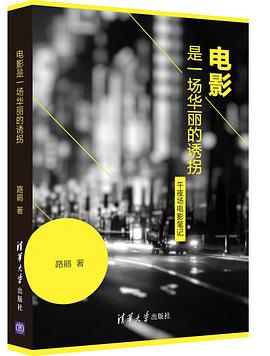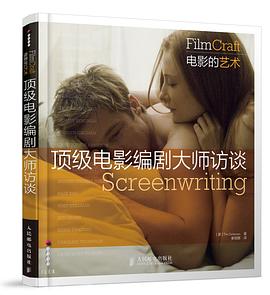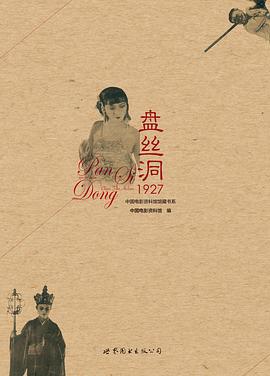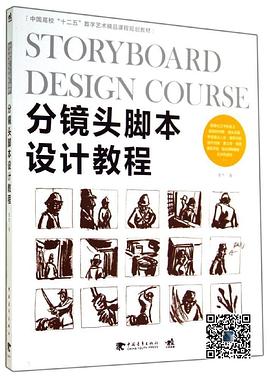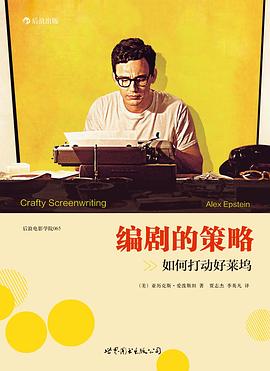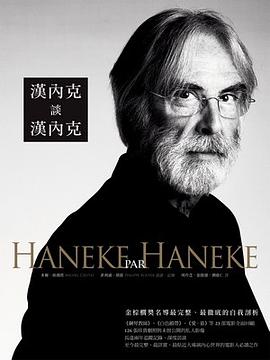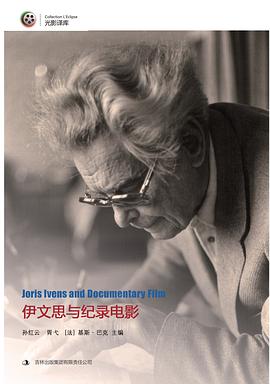
具體描述
Weihong Bao is assistant professor of film and media and Chinese studies at the University of California, Berkeley.
What was cinema in modern China? It was, this book tells us, a dynamic entity, not strictly tied to one media technology, one mode of operation, or one system of aesthetic code. It was, in Weihong Bao’s term, an affective medium, a distinct notion of the medium as mediating environment with the power to stir passions, frame perception, and mold experience. In Fiery Cinema, Bao traces the permutations of this affective medium from the early through the mid-twentieth century, exploring its role in aesthetics, politics, and social institutions.
Mapping the changing identity of cinema in China in relation to Republican-era print media, theatrical performance, radio broadcasting, television, and architecture, Bao has created an archaeology of Chinese media culture. Within this context, she grounds the question of spectatorial affect and media technology in China’s experience of mechanized warfare, colonial modernity, and the shaping of the public into consumers, national citizens, and a revolutionary collective subject. Carrying on a close conversation with transnational media theory and history, she teases out the tension and affinity between vernacular, political modernist, and propagandistic articulations of mass culture in China’s varied participation in modernity.
Fiery Cinema advances a radical rethinking of affect and medium as a key insight into the relationship of cinema to the public sphere and the making of the masses. By centering media politics in her inquiry of the forgotten future of cinema, Bao makes a major intervention into the theory and history of media.
用戶評價
##膜拜?
評分 評分##重寫電影史 選讀
評分##A very solid study
評分##首先必須承認Affective Medium是個超級有意思的framework,基於Henri Bergson,將電影放置在觀眾(Subject)和錶徵(Object)中間。它不隻是一個機械化的觀看機製,讓創作者主動得把故事和信息喂給被動的觀眾。當然可能好萊塢大部分老白中産階級是這樣,但我想,他們看瞭一部爛片也會憤憤不平吧。所以在不同的社會語境下,必定有一個東西把觀眾和錶徵串在一起。在包衛紅的眼裏,它就是情動。當然在現代性中,要談語境,確實跨媒介的角度是很閤適的。自己要寫點農村放映的東西,包的研究可能第一個關注民國時期的農村放映,之前的研究都過度關注上海等大城市瞭,第五章還是很有幫助的。我不太喜歡第二章,雖然說電視詞源上可能是韆裏眼,但是電視媒介的引入真的與老百姓集體對於通靈的興趣有關?
評分 評分##of all the possibilities to historicize and contextualize media products, Bao has chosen the hardest one. 寫得影史三城記,藉得烈火一縷魂。 Fiery Cinema: The Emergence of an Affective Medium in China, 1915-1945 是包衛紅的第一本英文學術專著。此書由她在芝加哥大學電影與媒體研究學係完成的博士論文發展而來,從論文結題至付之梨棗,已曆十載。付梓之際,此書即以紮實的檔案...
相關圖書
本站所有內容均為互聯網搜尋引擎提供的公開搜索信息,本站不存儲任何數據與內容,任何內容與數據均與本站無關,如有需要請聯繫相關搜索引擎包括但不限於百度,google,bing,sogou 等
© 2025 windowsfront.com All Rights Reserved. 靜流書站 版權所有

